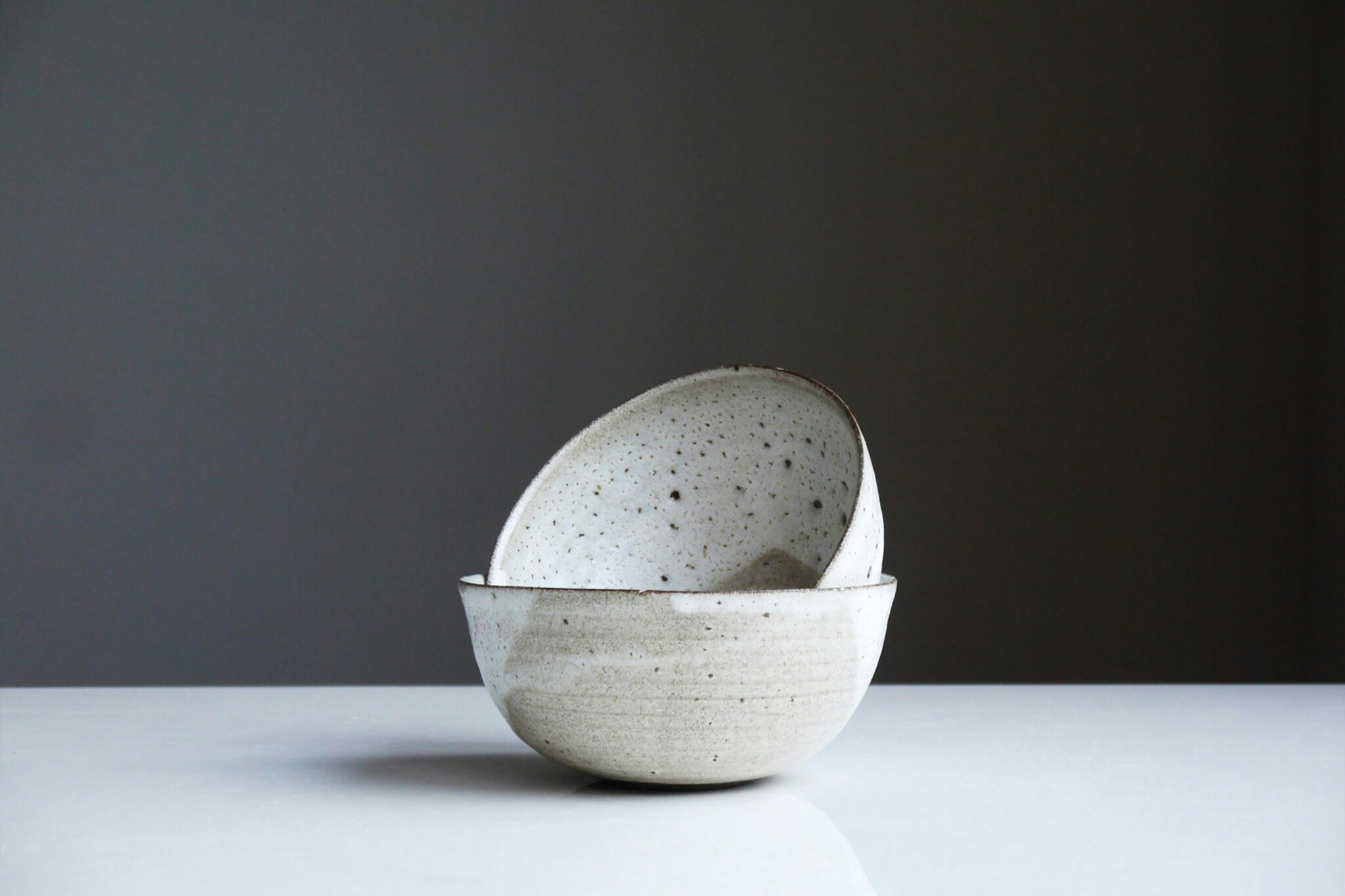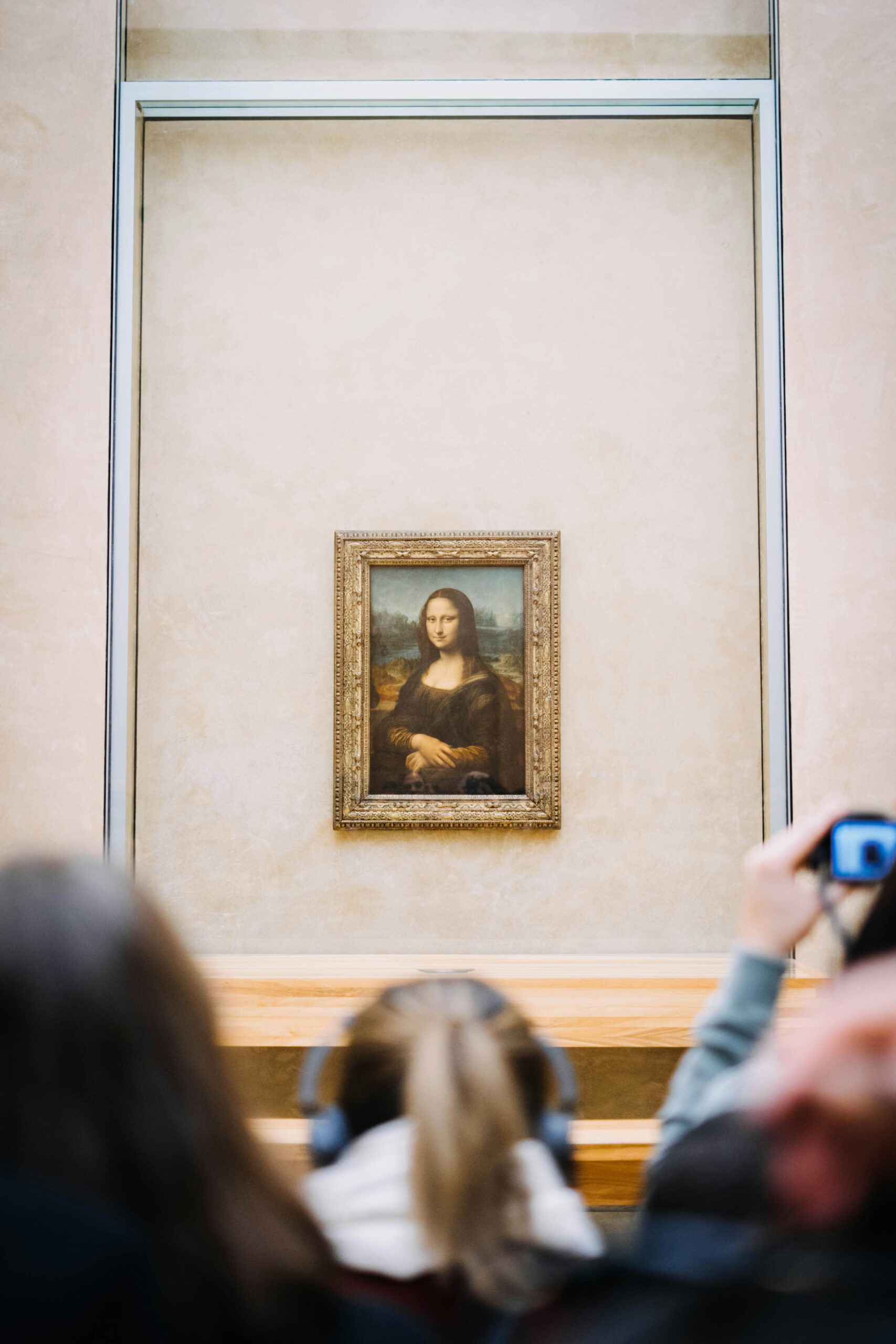Are you familiar with Mingei (Japanese Folk Crafts)? When one hears of Mingei, most might think of something apart from traditional Japanese artistry, and more of local souvenirs. However, it has tied itself into countless inspirations of artists and designers throughout history. The Japanese Folk Craft Movement (Mingei Undō) that popularized the term Mingei is an iconic artistic movement rooted in history, and impacts modern artists around the world in the field of craftsmanship, artistry, and philosophy. The Mingei aficionados deepen their understanding of their beloved crafts through daily use; Mingei, in itself, is the closest “functional” art form there is.
Mingei’s core: A cultural movement that enamors the world through beauty in craftsmanship
Mingei Undō was a cultural movement popularized in 1926 by artists and philosophers Muneyoshi Yanagi, Kanjiro Kawai, and Shōji Hamada. Most Japanese crafts during that time period were focused primarily on decorative aspects and were materialistically seen as ornaments. However, the three men focused on crafted goods made from relevantly unknown craftsmen on more local levels and defined their everyday crafts as Mingei, preaching beauty found in art inspired by everyday life.
In a modern context, one of the Top 100 Most Impactful Artists in the World*, American artist Theaster Gates, held the “Theaster Gates: Afro Mingei” exhibit in Tokyo’s Mori Museum and garnered much attention. This exhibit explored the cultural fusion of the “Black is Beautiful” movement with the sensibilities from the “Mingei Undō” and coined the term “Afro Mingei” as an homage to his inspirations for his exhibits.
※Power 100 – ArtReview

Mingei now: A new art form, where culture and innovation collides
Now, Mingeis are meant to be used. How can we find and utilize Mingei in our everyday lives?
For example, ARTS & SCIENCES is a select shop located in Aoyama, Tokyo that integrates elements of Mingei into fashion, and is popular with fans all around the world.

Even on the global scene, Mingei is seen as an inspiration. The LOEWE CRAFT PRIZE, hosted by Spanish brand LOEWE’s creative director Jonathan Anderson, highlights crafts from all around the world to recognize talent who will be the beacon of future craftwork. Many Mingei inspired artisans, some Japanese and some not, have been nominated in previous years.

From Japan to the world: A new perspective of art brought by Mingei
Lastly, let us explore Tatami Antiques, the antique marketplace promoting Mingei goods worldwide. Consisting of a collective of specialized dealers, Tatami is a staple in the Japanese antique community. From pennant collections, wooden name tags on local homes, carefully detailed vases and other one-of-a-kind goods can be found on display and for sale. (You can also purchase goods from their online store.)

Mingei crosses borders to be loved by many around the world. For example, Kokeshi Dolls found all around Japan are now in high demand due to their variety of styles from collaborations with characters and brands, which in turn makes them collectibles. When you collect one, there comes an internal desire for another. Mingei brings out that borderline maniac mentality as collectors, which is another appeal point that Mingeis possess. (I’m no better, as I collect Doreis*– I can’t stop buying them whenever I find them…)
*Dorei: Japanese bells made from hardened clay, molded and baked with fire. Makes a nice little sound when shaken.
There’s a lot of Mingei goods that are still unvalued in the world. However, one part of enjoying and loving Mingei is finding and seeking the deeper value of everyday things around you for yourself only.
In a world surrounded by abundance, what do we choose to value? Mingei subtly questions consumerism, hidden in our society today.



